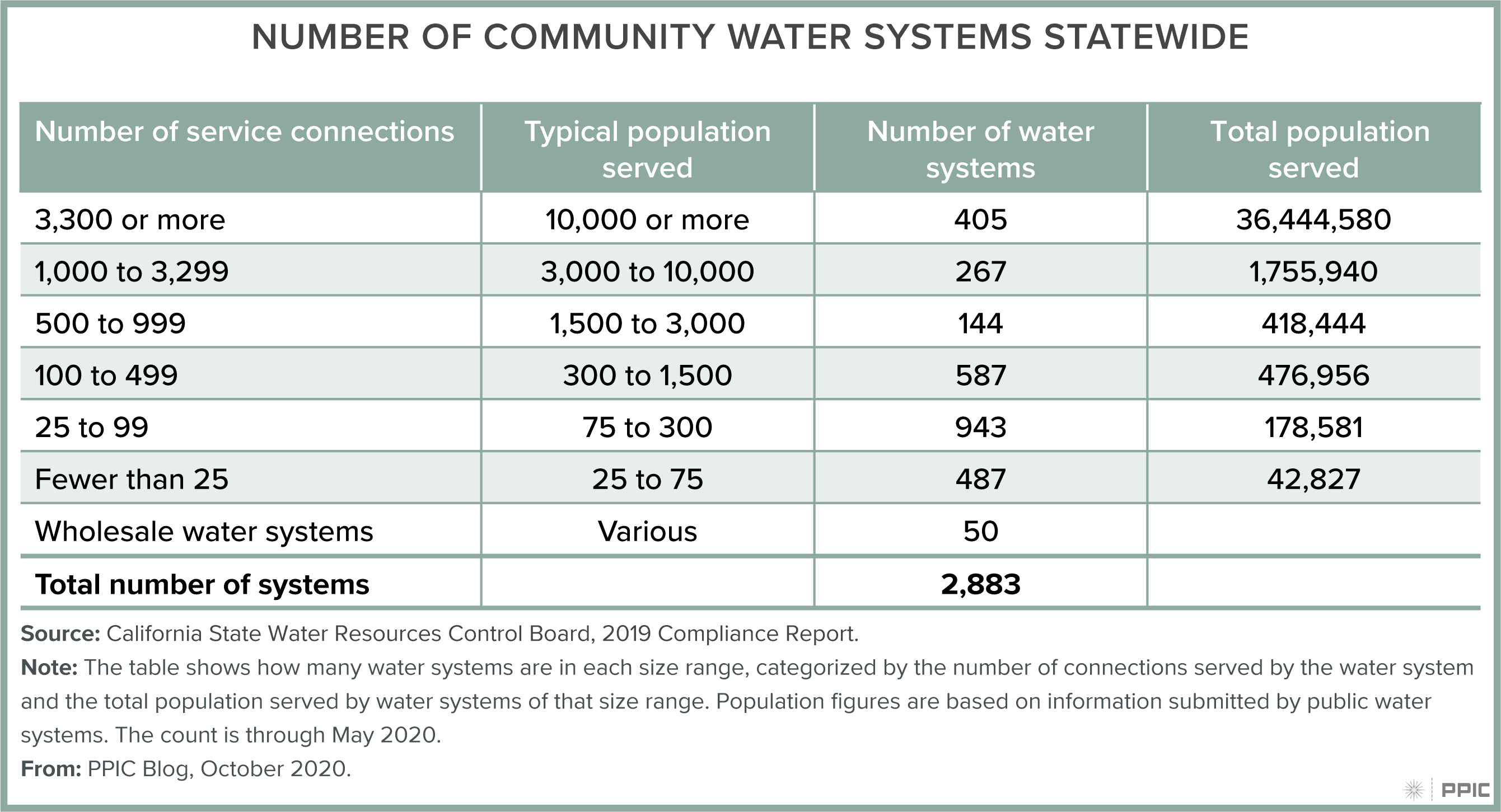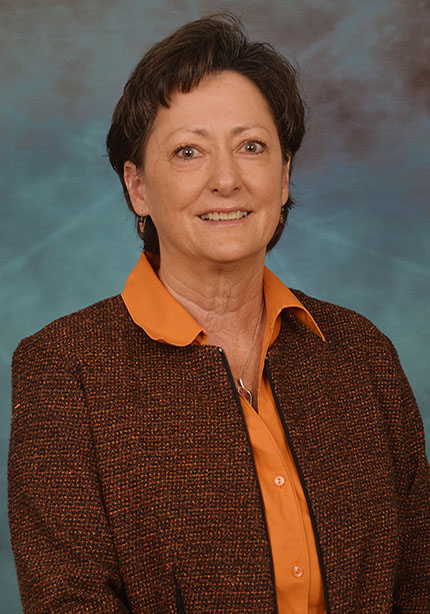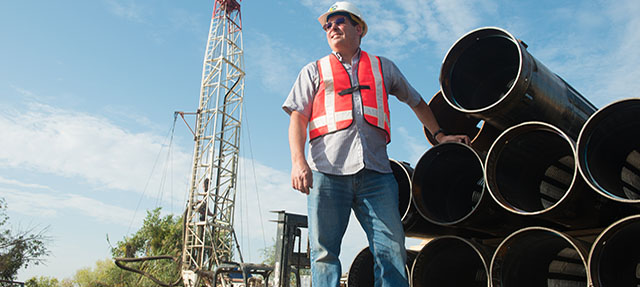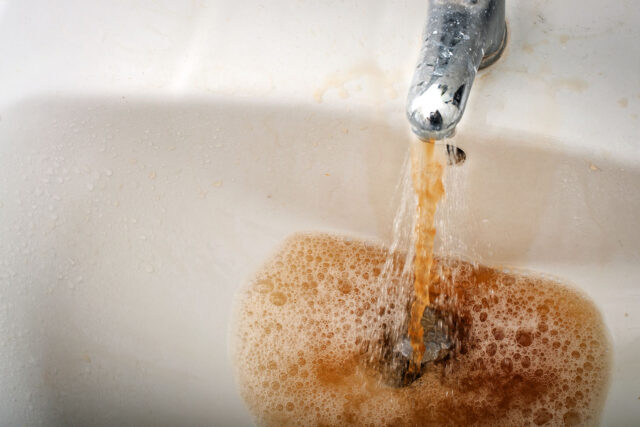California has many water systems that serve mostly rural, economically disadvantaged communities. Of the state’s nearly 2,900 community drinking water systems, more than 2,400 are considered small, serving fewer than 3,300 homes and businesses. Many of these small systems were already struggling before the pandemic and recession hit. We talked to Leslie Laudon and Darrin Polhemus of the State Water Board about the challenges these systems face, and what can be done to keep them from falling off a financial cliff.
PPIC: What challenges do small water systems face during this time of economic uncertainty?

Darrin Polhemus
DARRIN POLHEMUS: It’s a huge challenge for many of them to just sustain financial viability in normal times, and now they have to plan for more economic uncertainty going forward. Many people don’t realize how small some systems are. Nearly 1,500 systems serve fewer than 100 connections. These very small systems often don’t have an office, the books are done on someone’s kitchen table, they may be run by a part-time manager who is managing the system in their spare time to support their community. It’s almost impossible for most urban folks to conceive of what these systems face. They have very little capacity, which makes times like these especially hard for them.
On top of that we’re not out of the woods on COVID-19 by any stretch of the imagination, and I worry about how these systems would manage if they were hit by a disease outbreak in key personnel. So far, we’ve been really lucky—I don’t know of any system that’s had this problem.


Leslie Laudon
LESLIE LAUDON: There are so many challenges. Many smaller systems are run by operators who are older and have very few staff, so an outbreak would be a big problem. They’re also dealing with increased costs to cover personal protective equipment and other supplies at the same time they’re seeing a rise in delinquent bills, which cuts into revenues. Many small systems also rely on infrastructure that is in bad shape, and it’s become harder to address normal breaks and problems—they may have gone through their emergency reserves, and it’s not easy to get people out to fix their systems.
PPIC: How can current state and federal programs better direct funding to safe drinking water solutions for at-risk communities?
LL: The board is doing a lot of work on this effort. We’re conducting needs assessments to discover communities with the potential to fail and get them on our radar. Some may not even know what is needed to fix their systems, so we’re helping with technical assistance. On the state side, we have the Safe and Affordable Funding for Equity and Resilience program (SAFER) and bond-funded programs to provide safe drinking water. SB 200 provides the SAFER program with up to $130 million for the next 10 years, to be used to pay for interim emergency supply, consolidation costs, and other services for small disadvantaged communities.
SAFER has a lot of tools. We’re doing outreach to make sure people in these communities are helping determine what the solutions should be. We’re also working with small systems to accelerate project planning and have eliminated some steps in our funding program to streamline the process.
DP: Most of our programs, including our federally supported revolving fund program and state general obligation bonds, support capital works—but SAFER can go beyond this, which is filling a huge need. Historically, we just funded treatment and supply works. The idea behind SAFER is the recognition that small systems don’t usually have capacity to cover “soft costs”—operations and maintenance, technical assistance, and the like—which makes it harder to keep these systems out of crisis mode. It is even more impactful to address operations and maintenance needs now, as these systems struggle with the impacts of the pandemic and recession. It would be really helpful if the federal revolving fund program could also support these soft costs for small systems in disadvantaged communities.
PPIC: What’s needed to ensure that small water systems receive support in future federal or state recovery efforts?
LL: It’s very important that these communities start planning for projects they need, and be ready should such funding come through. They should use SAFER’s technical assistance to pursue projects now and get the community on board so we can get them shovel-ready—because the last federal stimulus required that level of preparation to qualify. Many small systems don’t plan for improvements until they have money lined up; we’re trying to get them ready sooner. If there is federal stimulus, we’re hoping it doesn’t come with a construction deadline as it did last time, because that can disqualify a lot of these smaller systems. We’re also hoping that future federal stimulus has a more streamlined process, because currently it’s a challenge for small systems to meet all the steps and requirements involved.




